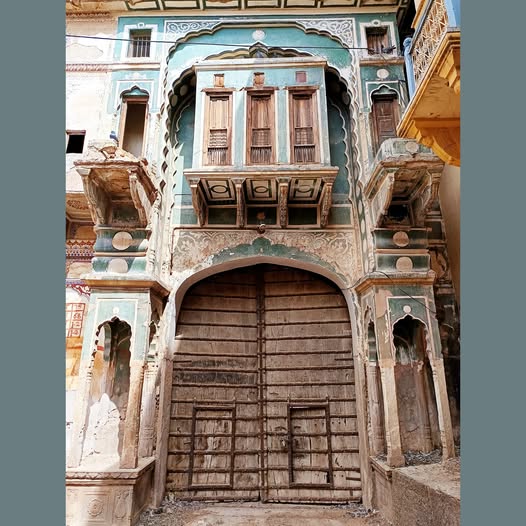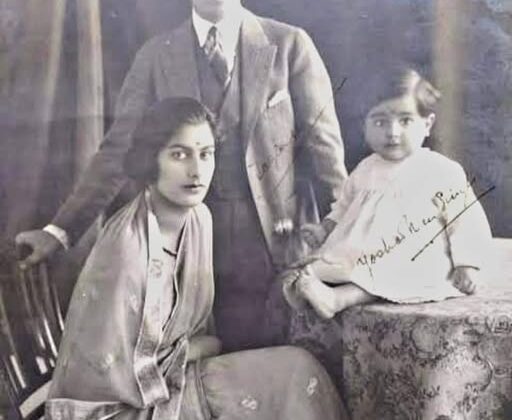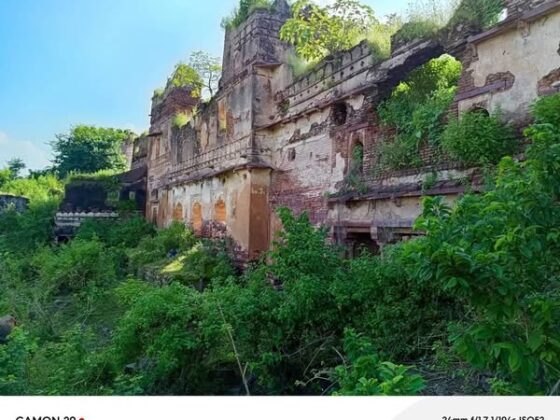Shekhawati: The Open-Air Art Gallery of Rajasthan

Introduction
Shekhawati, a semi-arid region in Rajasthan, India, is often referred to as the “Open-Air Art Gallery of India.” This enchanting destination is famed for its grand havelis adorned with intricate frescoes, reflecting a bygone era of artistic brilliance and opulent heritage. Spread across the districts of Jhunjhunu, Sikar, and Churu, Shekhawati offers a mesmerizing blend of history, culture, and architectural grandeur. Therefore, it remains a must-visit for history enthusiasts and art lovers alike.
Historical Significance
Shekhawati derives its name from Rao Shekha, a Rajput chieftain who established the region in the 15th century. Over the centuries, Shekhawati became a thriving trade hub, particularly during the 18th and 19th centuries, when Marwari merchants built magnificent havelis to display their prosperity. As a result, these traders, who later migrated to major business centers like Kolkata and Mumbai, left behind stunning mansions, temples, and stepwells decorated with exquisite frescoes.
Architectural Marvels: The Havelis of Shekhawati
The havelis of Shekhawati are the highlight of the region, known for their unique architectural styles and fresco artistry. To illustrate, here are some of the most famous havelis:
1. Podar Haveli (Nawalgarh)
The Dr. Ramnath A. Podar Haveli Museum in Nawalgarh showcases an extensive collection of murals depicting mythological themes, British colonial influences, and local traditions. In addition, the haveli has been well-preserved and converted into a museum.
2. Murarka Haveli (Nawalgarh)
Featuring breathtaking frescoes and intricate carvings, Murarka Haveli is a fine example of Shekhawati’s artistic heritage. Moreover, the paintings depict Hindu deities, floral motifs, and everyday life scenes.
3. Dundlod Fort and Havelis
Dundlod boasts a fort and multiple havelis reflecting a fusion of Rajput and Mughal architectural styles. Furthermore, the Goenka Haveli, in particular, is adorned with mesmerizing murals.
4. Mansions of Mandawa
Mandawa is a prominent town in Shekhawati, known for its richly painted havelis like Jhunjhunwala Haveli and Hanuman Prasad Goenka Haveli. Additionally, the town has also been a filming location for several Bollywood movies.
The Art of Shekhawati: Frescoes and Murals
What makes Shekhawati truly unique is its frescoes—wall paintings that narrate tales of mythology, folklore, history, and even European influences. These frescoes can be categorized into:
- Religious Frescoes: Depicting Hindu gods like Krishna, Shiva, and Rama.
- Historical Murals: Showcasing battles, processions, and royal court scenes.
- Colonial-Era Paintings: Inspired by British rule, featuring trains, cars, and European figures.
- Everyday Life Scenes: Illustrating rural traditions, fairs, and festivities.
Temples and Stepwells
Apart from havelis, Shekhawati is home to ancient temples and stepwells (baoris) that showcase remarkable craftsmanship. Consequently, these sites provide additional cultural and spiritual significance to the region.
1. Rani Sati Temple (Jhunjhunu)
One of the most revered temples in Rajasthan, Rani Sati Temple is dedicated to the legendary Rani Sati, known for her devotion and valor. As a result, it attracts thousands of pilgrims every year.
2. Laxminarayan Temple (Mandawa)
This temple features striking carvings and frescoes, making it a must-visit for art and history lovers. Additionally, its serene ambiance adds to its charm.
3. Bansidhar Newatia Well (Fatehpur)
This historic stepwell is adorned with vibrant murals, offering a glimpse into Shekhawati’s artistic legacy. Furthermore, it serves as a reminder of the region’s rich water conservation techniques.
Best Time to Visit Shekhawati
The ideal time to explore Shekhawati is during the winter months (October to March) when the weather is pleasant. Conversely, summers can be extremely hot, making travel uncomfortable.
How to Reach Shekhawati
- By Air: The nearest airport is Jaipur International Airport, about 150 km away.
- By Rail: Jhunjhunu and Sikar have railway stations with connectivity to major cities.
- By Road: Shekhawati is well-connected by road, with buses and taxis available from Jaipur, Delhi, and other cities. Consequently, traveling by road is a convenient option for many visitors.
Accommodation and Dining
Shekhawati offers heritage hotels, guesthouses, and budget stays, allowing travelers to experience royal hospitality. Popular heritage stays include Castle Mandawa, Roop Niwas Kothi, and Malji Ka Kamra. Moreover, Rajasthani cuisine, featuring dal baati churma, gatte ki sabzi, and ker sangri, adds to the cultural experience.
Conservation Efforts
Despite its historical significance, many frescoes and havelis in Shekhawati are deteriorating due to neglect and harsh weather conditions. However, conservation efforts by private organizations and government initiatives aim to restore and preserve this cultural heritage. Travelers can contribute by promoting responsible tourism and supporting local conservation projects.
Conclusion
Shekhawati stands as a testament to Rajasthan’s rich artistic and cultural heritage. With its magnificent frescoes, grand havelis, and historic charm, this region offers an unparalleled experience for history buffs, art lovers, and heritage travelers. Whether you’re strolling through the streets of Mandawa, admiring the murals of Nawalgarh, or exploring the forts of Dundlod, Shekhawati promises a journey through time—one that deserves a place on every traveler’s bucket list. Therefore, plan your visit to Shekhawati and immerse yourself in the grandeur of India’s largest open-air art gallery.









